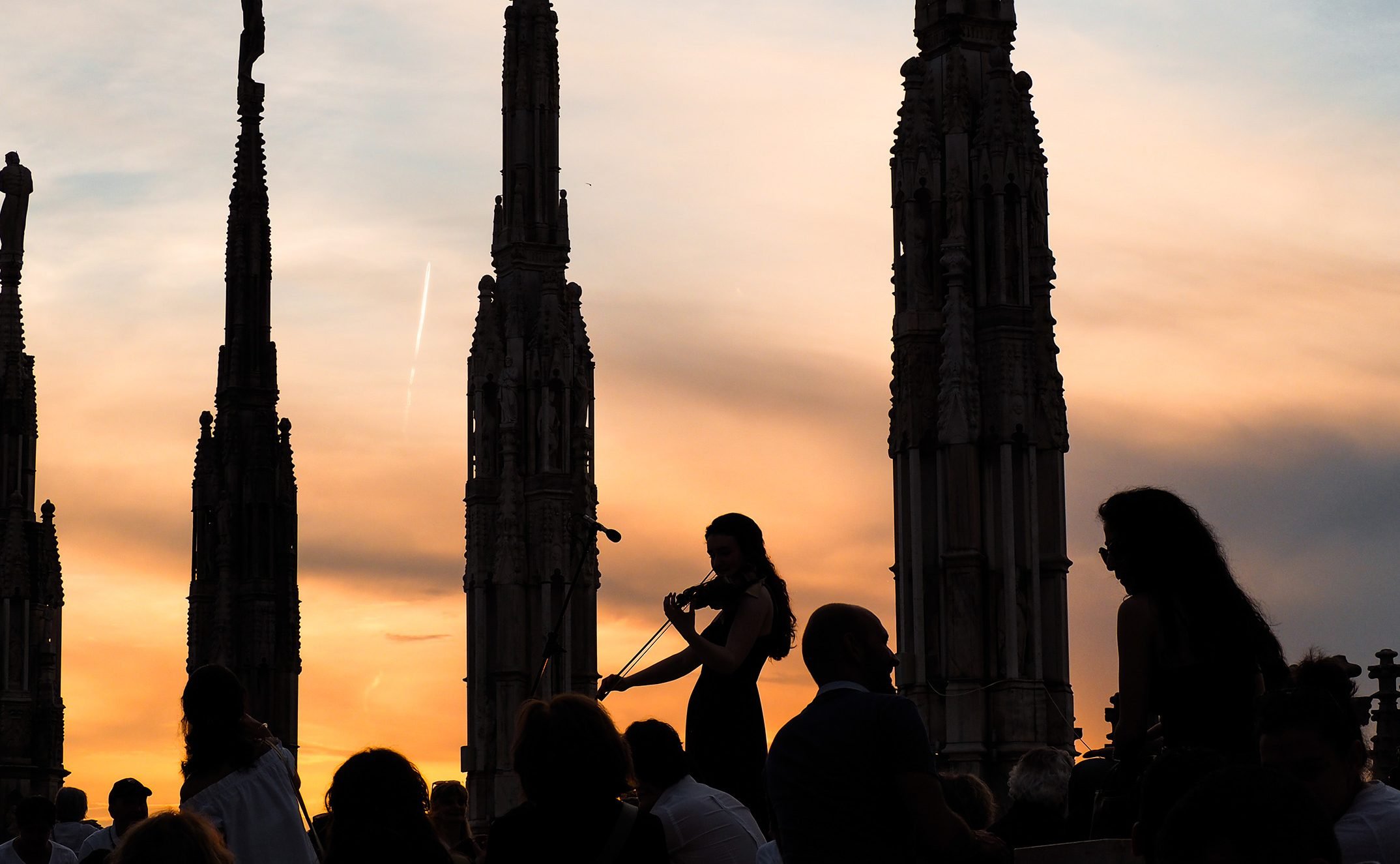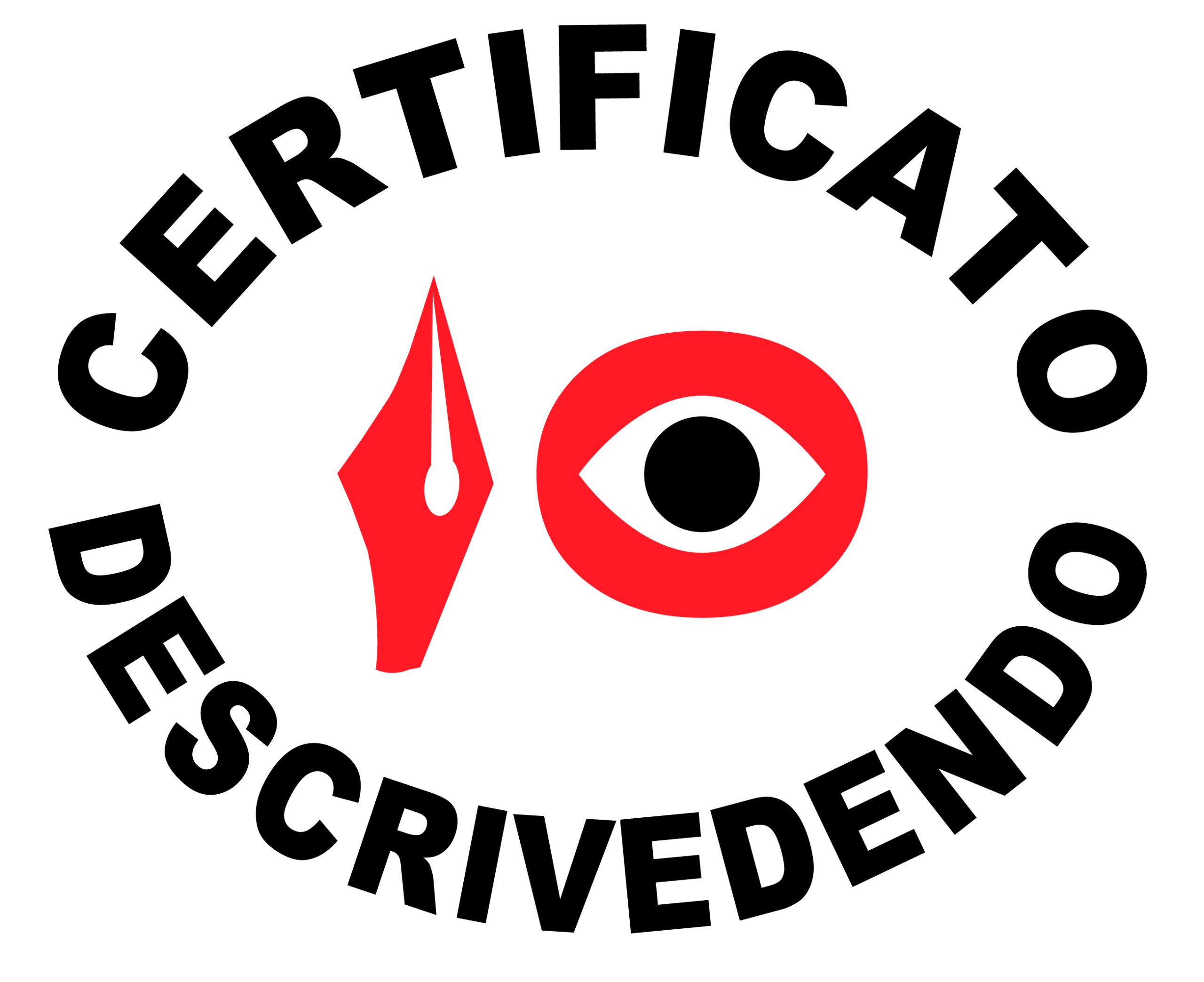DescriVedendo Museo del Duomo
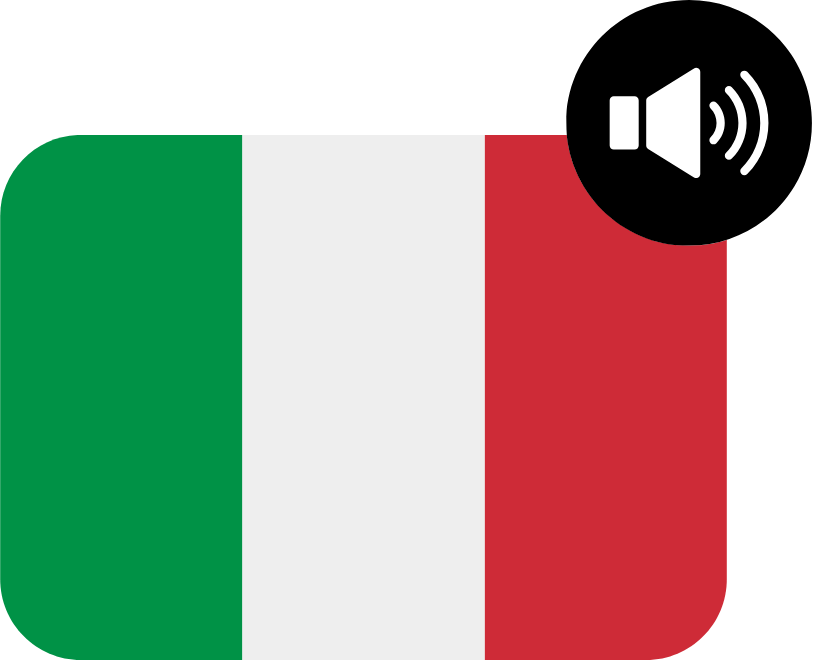 CLICCA SULLA BANDIERINA PER ASCOLTARE L’AUDIODESCRIZIONE DELL’OPERA
CLICCA SULLA BANDIERINA PER ASCOLTARE L’AUDIODESCRIZIONE DELL’OPERA
“La creazione del firmamento”
“La creazione del firmamento” è un’opera realizzata fra il 1549 e il 1557 dal vetraio Corrado de Mochis su cartone preparatorio di Giuseppe Arcimboldi.
Le sue misure sono circa 120 centimetri in altezza per 68 centimetri in larghezza e si presenta quindi come un rettangolo con il lato più lungo in verticale.
Si tratta di un “antello”, ovvero di un pannello in vetro, costituito da vari pezzi di forme e dimensioni diverse accostati tra loro e piombati a formare una vetrata. Per dipingere i dettagli, quali i volti, le architetture, le pieghe delle vesti, e creare i chiaroscuri, veniva utilizzata la grisaglia, un composto di ossidi di ferro e di terre mescolati con silice o vetro. Per conferire diverse tonalità di colore, poteva inoltre essere aggiunto uno speciale smalto, il giallo d’argento.
L’opera è stata realizzata in stile realistico: l’artista ha cioè riprodottoproporzioni, forme e colori, similmente a come li percepisce l’occhio umano.
Fa parte di un trittico incentrato su episodi citati nell’Antico Testamento, esposto nel Museo del Duomo nella sala dedicata all’arte vetraria, dove figura assieme a “La creazione degli animali” e “La creazione dell’uomo”, opera degli stessi autori.
“La creazione del firmamento” si trova a destra rispetto agli altri due pannelli.
Il soggetto è Dio, rappresentato di profilo a figura intera nell’atto di benedire il creato, nel quale si riconoscono sole, luna, stelle, alcuni segni zodiacali e nuvole.
La figura di Dio prende la metà sinistra dell’opera, occupandola per quattro quinti in altezza. Dio mostra il suo lato destro, essendo raffigurato in piedi e di profilo.
Ha le fattezze di un uomo anziano con il viso solcato da rughe e circondato da una lunga chioma di capelli bianchi ricci, ricadenti anche sulla fronte e una barba ondulata e così folta da nascondere totalmente la bocca.
L’espressione concentrata e lo sguardo tenuto fisso davanti a sé producono un aggrottamento delle sopracciglia. Intorno al capo riluce un’aureola dorata a raggiera, simile alla corolla di un fiore. Il braccio destro è in avanti, l’avambraccio alzato e con le dita della mano è intento a benedire il creato. Il braccio sinistro invece si allunga a trattenere con la mano e rialzare fino ai fianchi il lembo di un lungo mantello blu che Dio indossa sopra una tunica rossa. In basso, da essa, spuntano i piedi nudi, il sinistro davanti al destro.
Nella parte destra dell’antello sono visibili diversi elementi del firmamento. La scena, caratterizzata da un cielo azzurro e stellato è attraversata da un semi arco composto da quadretti all’interno dei quali sono rappresentati alcuni segni dello zodiaco, dal Leone all’Acquario, su un fondo color grigio chiaro; questo semiarco parte da dietro la testa di Dio e scende con la sua parabola fino all’angolo in basso a destra. Intorno ad esso sono visibili spesse nubi chiare dalle quali escono le teste di due putti che rappresentano i venti: in particolare quello più in basso è raffigurato mentre soffia con le guance gonfie.
Completano la scena in alto uno spicchio di luna a sinistra e a destra un grosso sole rosso con una criniera di raggi gialli, simili a petali di un grosso fiore.
La fonte di luce sembra provenire da sinistra, andando a colpire il volto di Dio, che ne risulta rischiarato. Tutti i colori della composizione sono brillanti; risaltano fra di essi il rosso e il blu delle vesti di Dio, nonché il giallo della sua aureola, dei raggi del sole e delle stelle che spiccano sul fondo azzurro del cielo.
La descrizione morfologica redatta e validata tra settembre e novembre 2023, certificata DescriVedendo, è stata realizzata dal Team DescriVedendo, con Associazione Nazionale Subvedenti ETS, in collaborazione con Veneranda Fabbrica del Duomo.
DescriVedendo Duomo Museum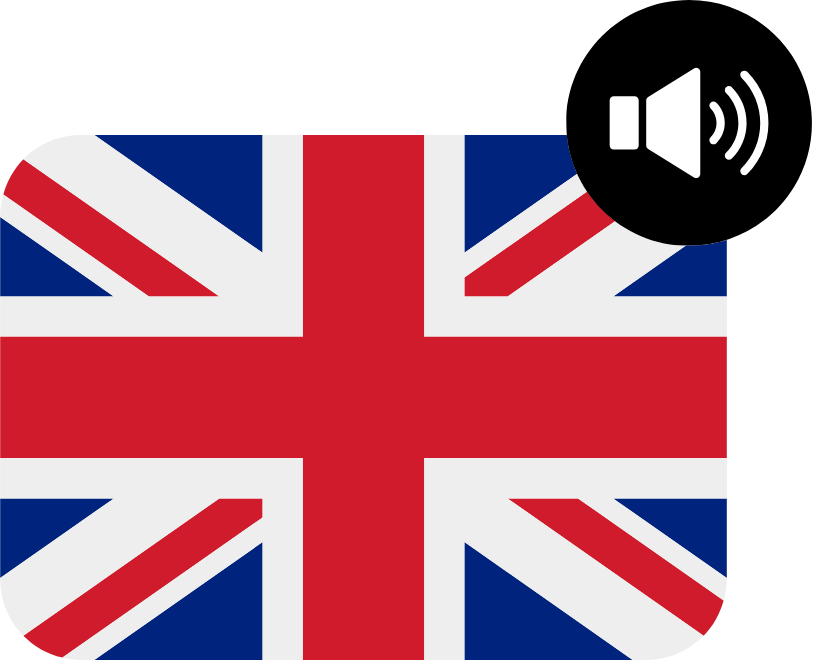
CLICK ON THE FLAG TO LISTEN THE AUDIODESCRIPTION
“The Creation of the Firmament”
“The Creation of the Firmament” was produced between 1549 and 1557 by the glassmaker Corrado de Mochis based on a preparatory cartoon by Giuseppe Arcimboldi. It is around 120 centimetres high and 68 centimetres wide and so forms a rectangle, with the vertical being the longest side.
This is an “antello”, that is, a glass panel made up of various pieces of different shapes and sizes put together and joined with lead to form a stained-glass window. To paint the details, such as faces, buildings, the folds of clothes, and to create chiaroscuro, grisaille was used, a compound of iron oxides and earth mixed with silica or glass. …
To produce different shades of colour, a special enamel known as silver yellow could be used.
The style of the work is realistic: that is, the artist has reproduced proportions, shapes and colours in the same way as the human eye perceives them.
It is part of a triptych centred on episodes from the Old Testament, exhibited in the Museum of the Duomo in the room dedicated to the glassmakers’ art, where it appears along with “The Creation of the Animals” and “The Creation of Man” by the same artist.
“The Creation of the Firmament” is on the right of the two other panels.
The subject is God, depicted in profile at full length in the act of blessing Creation, in which the sun, moon, stars, some signs of the Zodiac and clouds can be recognised.
The figure of God occupies the left half of the work, reaching four-fifths of its height. God displays his right side and is portrayed standing, in profile.
He has the features of an old man, his face furrowed with wrinkles, surrounded by a shock of curly white hair that falls onto the forehead and a wavy beard so thick it entirely conceals his mouth.
The concentrated expression and the gaze firmly fixed straight ahead lead to a knitting of the brows. A golden halo around the head gives off rays of light, like the corolla of a flower. The right arm is held out in front, the forearm raised and, with the fingers of his hand, he is intent on blessing Creation. The left arm is stretched out to take hold and raise the edge of a long blue cloak to his hips that God wears over a red tunic. Below, two bare feet emerge, the left in front of the right.
In the right part of the antello, various elements of the firmament can be seen.
Featuring a starry blue sky, the scene is crossed by a semi-arch made up of small squares inside which some of the signs of the Zodiac are displayed, from Leo to Aquarius, on a light grey background; this semi-arch starts from behind God’s head and continues its trajectory to the corner in the bottom right. Thick clouds can be seen around it, from which the heads of two putti that represent the winds emerge: the lower one in particular is depicted while blowing hard with puffed up cheeks. The scene is completed at the top with a crescent moon on the left and a large red sun on the right emanating yellow rays like the petals of a large flower.
The light source appears to come from the left, striking and illuminating the face of God. All the colours of the composition are vivid. Among them, the red and blue of God’s robes stand out, along with the yellow of his halo, the sun’s rays and the stars that sparkle in the blue background of the sky.
The morphological description drawn up and validated between September and November 2023, certified by DescriVedendo, was created by Team DescriVedendo with the National Association of the Visually Impaired ETS, in collaboration with Veneranda Fabbrica del Duomo di Milano.
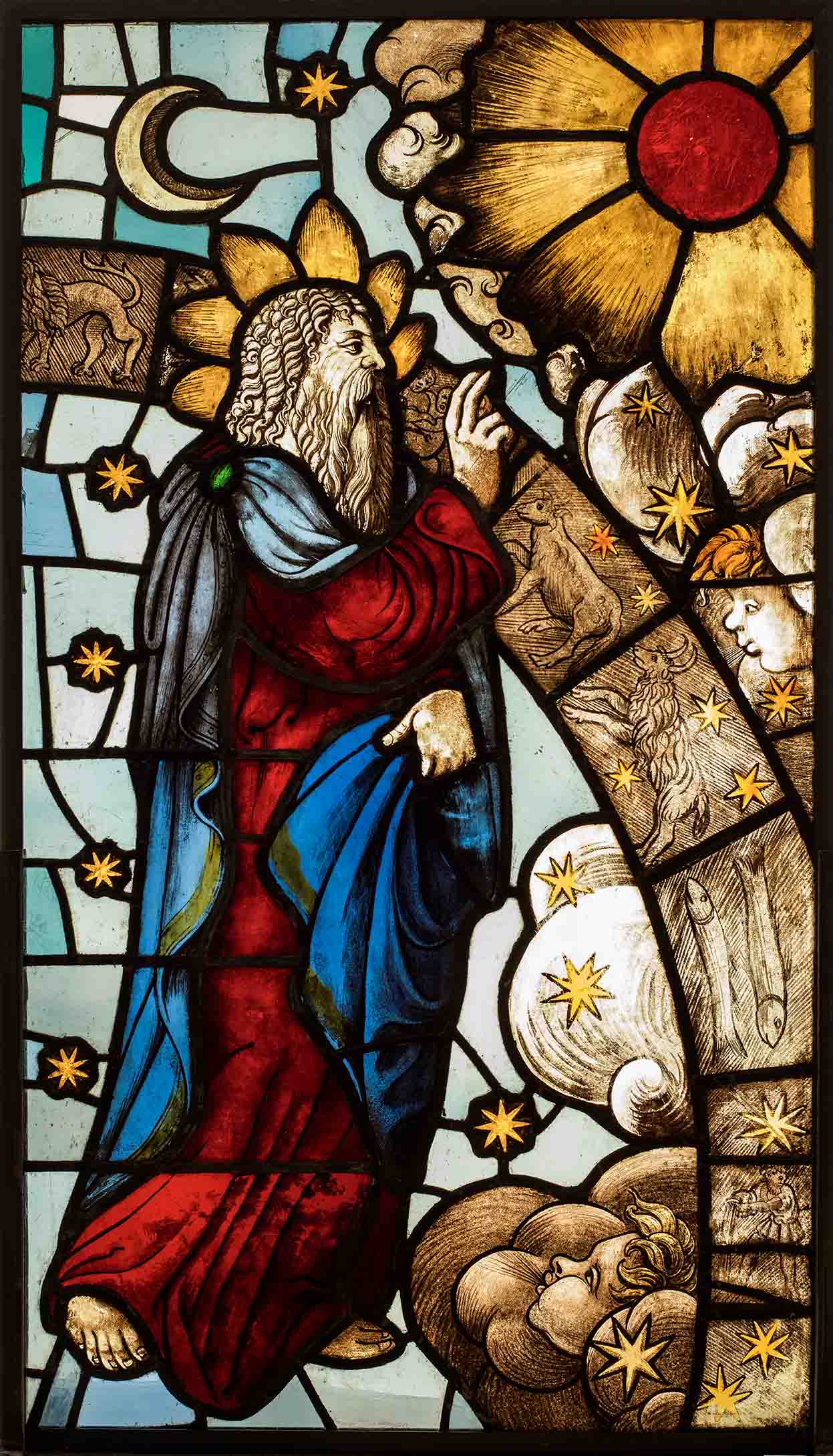
Tutti i diritti riservati – © Veneranda Fabbrica del Duomo di Milano
